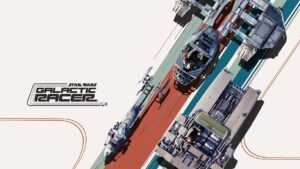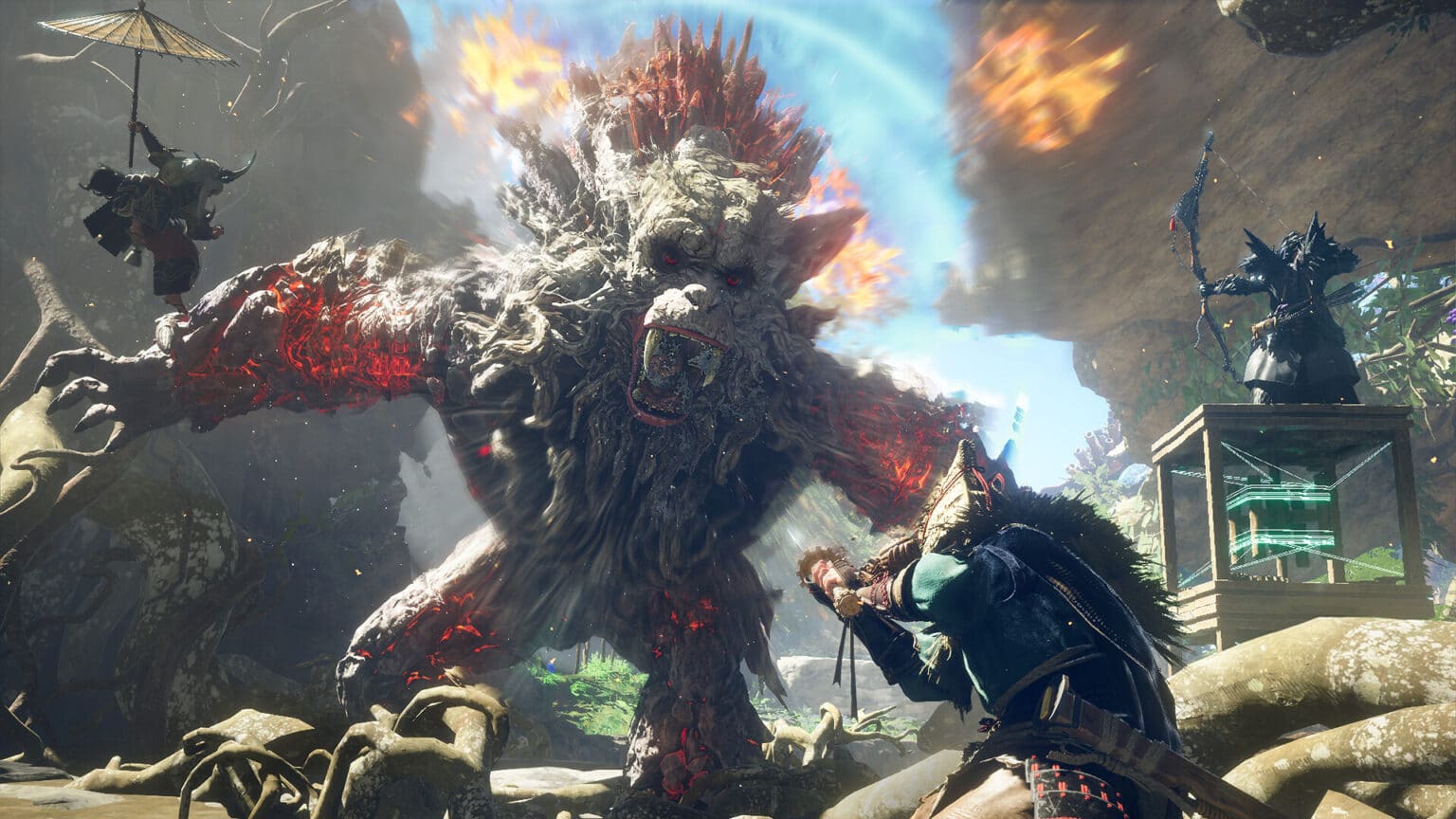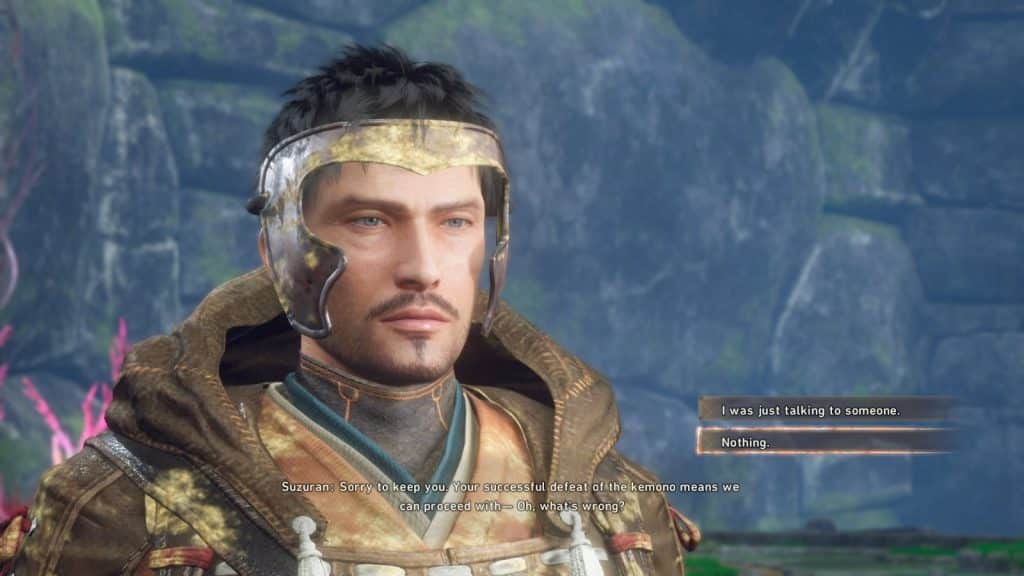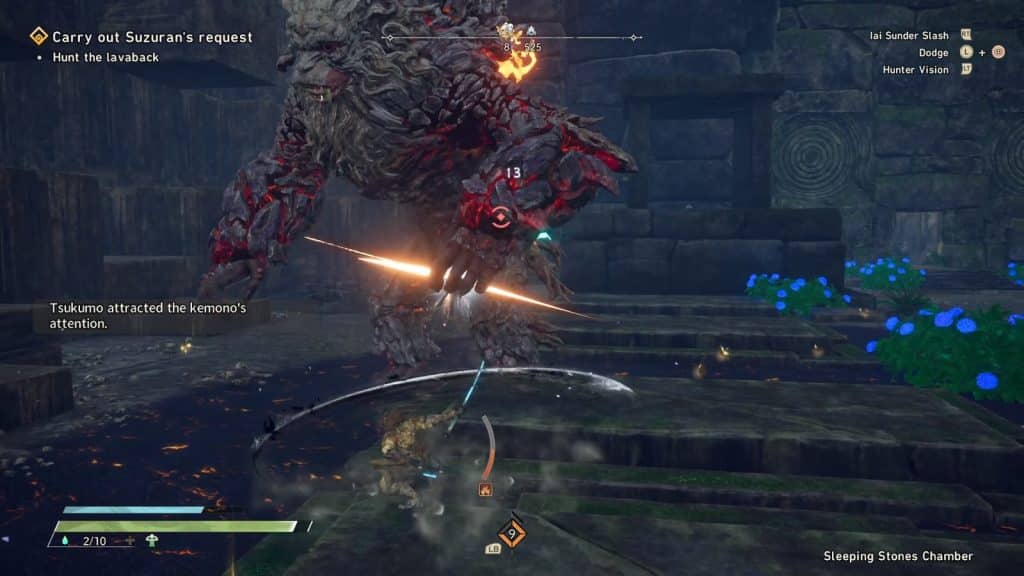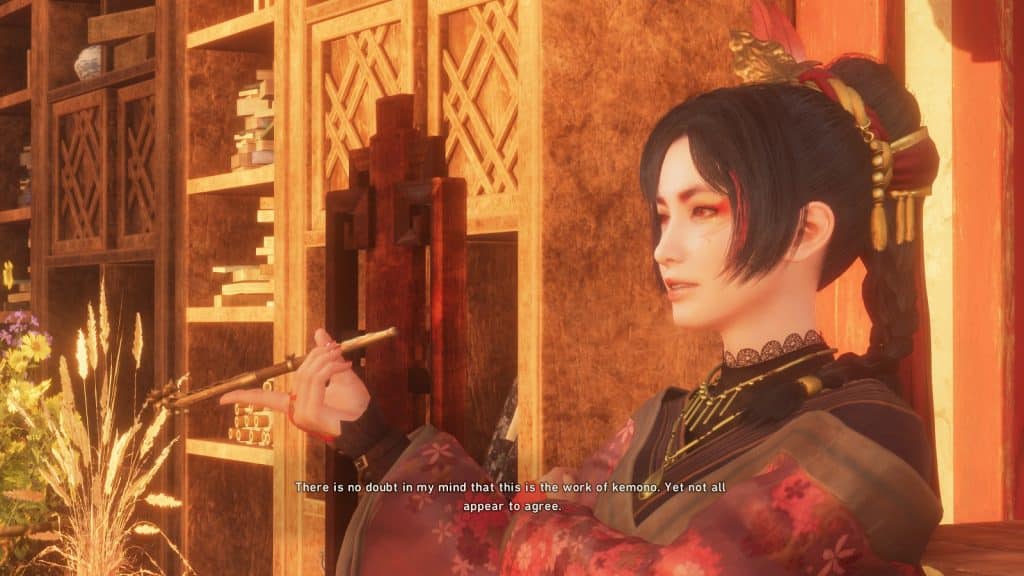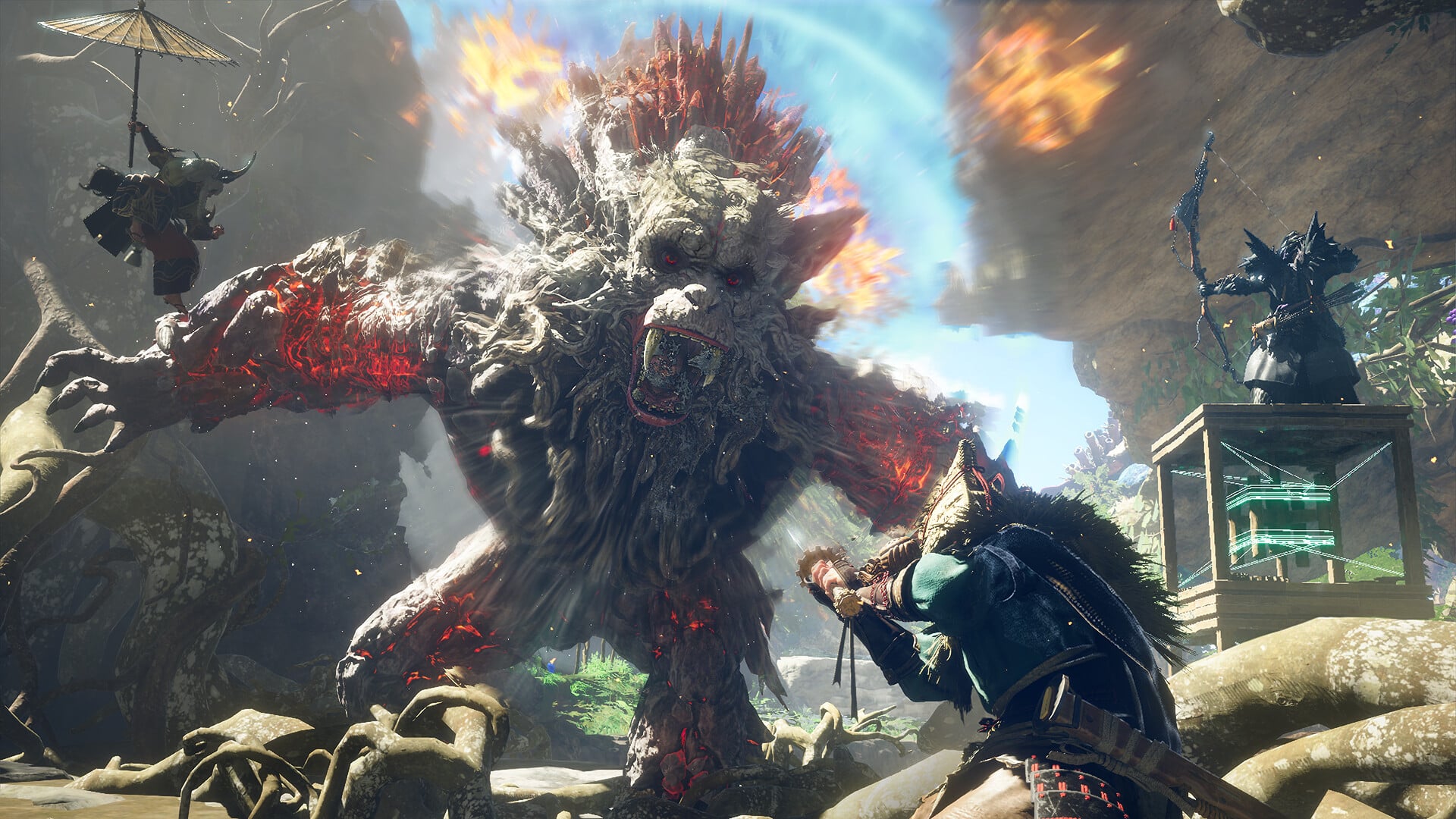Wild Hearts is an Action RPG created by company Koei Tecmo. The game combines the beauty of nature with the ferocity of large monsters. Interestingly, this isn’t the company’s first jab into the giant creature-hunting genre. It has previously championed the Toukiden series from past generations of games. One can say that Wild Hearts is the spiritual successor that focuses more on the mechanical aspect over the spiritual.
At the heart of the game is the constant struggle between man and beast. Nature has somehow infused itself with the beasts of the land. And through this immense power, they assert their dominance over the land. This has pushed humanity to a small secluded area. It is their hope that by weathering the storm they can bounce back and live their lives again.
You play as a wandering warrior out in the wilderness. A chance encounter with an old musician and deadly monster led you to possess the Karakuri’s power. These ancient machines aided the hunters of old in their mission to keep nature in balance. It has fallen to you now to safeguard the peoples of Azuma as its Guardian.
The weapons of the hunter range from the humble katana to the exotic mobile cannon. They don’t feel that impactful at the start. And it is mostly due to elemental affinities. In other games, elemental affinities don’t take effect until the mid-game. Wild Hearts takes affinity and cranks it up to eleven. Having the right element doesn’t always guarantee success. But the difference is night and day when striking Kemono.
My personal favorite has got to be the bladed wagasa. Not only does the combat umbrella allow me to weave in and out of striking range. Its special ability allows for the parrying of most attacks. Nothing comes close to the feeling of brushing aside an attack with a well-timed parry and hitting back with a charged-up umbrella. It is such a thrill.
Mobility and creativity play a huge part in the Wild Hearts experience. The karakuri provide shelter for you to set up camps in almost any spot on the map. They allow the construction of ziplines, handheld helicopters, and jump pads to reach all sorts of places. They are also integral to combat if you so wish it. You can build towering barricades that can buy you a couple of precious seconds to drink your healing waters.
You’ll have to be wise though. At least when you enter a new region. Your elemental resources are capped and you’ll need to open wells to draw energy from the Earth. So until you’ve unlocked enough to secure an automated transit hub to all four corners of the map, you are stuck going between key strategic locations.
The Kemono are what you are set to hunt. Like other games in the genre, you go through this loop of hunting Kemono, harvesting their parts, and upgrading your weapons and armor to use against more powerful Kemono. The loop is solid enough. It helps that the Kemono you are fighting feel like they are products of inspired creatives.
The main appeal of the game lies in the way the game presents the various monsters that roam the lands of Azuma. The sight of a mountain-sized Kemono rising over the horizon is both terrifying and awe-inspiring. Your ability to adapt to situations will be tested. At the beginning of the game, your character is a bit sluggish, and stuns are a common occurrence. Learning patterns is key to victory, as well as knowing when and where to play Karakuri devices. My best moments came being able to read a Kingtusk like a book and running circles around the hulking beast.
While not the most striking, the visuals are appealing for the most part. Calm and quiet areas hide a violent torrent of rage underneath the surface. At least that’s the idea. The review copy we’ve been given is frequented by asset pop up and texture adjustments. My rig, with an RTX 3060, kept loading assets in front of me. It came to the point that even moving between areas was immersion-breaking most of the time. It’s a small blemish but a glaring one on PC.
The audio too was not spared from the mishaps. The background music, soothing as it is, would turn off after playing for an hour or longer. What’s worse is that voice lines desync at random moments. Such a shame too since the voice acting and the character animations are on another level in this game.
A lot of effort went into the voice acting. It was most noticeable with the Japanese voice actors. The English version was ok but it was kind of forced. Maybe it’s just me and the standard set by Japanese period dramas I watched growing up. There is a level of authenticity here on a level I haven’t seen since Ghost of Tsushima. The only difference here is that the lip sync was done perfectly.
Wild Hearts succeeds in areas other games take for granted. Whereas other games focus too much on fitting a mold, Wild Hearts takes said mold and runs with it. The amount of freedom afforded to the player in terms of movement is refreshing and only limited by one’s creativity. Unfortunately, for all its gains, its momentum is slowed down by technical and performance issues. Nothing game-breaking but each one distracts from what could have been an outstanding ARPG. Take some time and allow for patches to clean most of it up. But if you’re a fan of this genre of games, you have more reason than most to pick this up right now.
